How new luxury is changing the hotel business
By WATG
October 2, 2018
Luxury is defined first and foremost by the guest. New luxury is shrinking guest room footprints and blowing out mixed-use lobbies, rooftop pools, up-to-the-second wellness trends and eclectic F&B – all to capture an evolving demographic.
But don’t pigeonhole them as millennials, warns Muriel Muirden, EVP and managing director of strategy at WATG. A recent white paper from the hospitality design consultancy tracks recent shifts in consumer demand driven by guests who are value-conscious but not necessarily price-sensitive. Muirden talks about what this all means for the future of hotels.
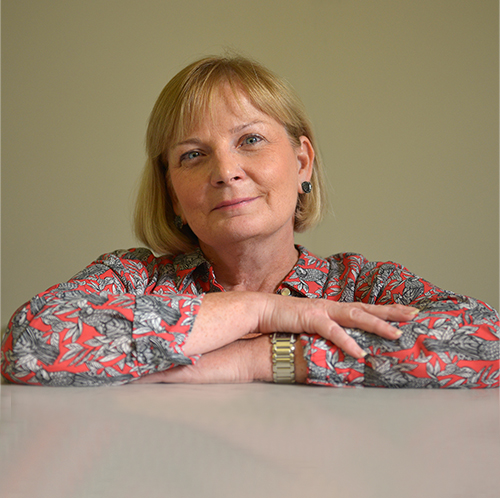
WATG’s Muriel Muirden: “To me, it’s the simple solutions that appear to be having the most resonance with the market.”
The biggest misconception of new luxury: “People too often assume that the new luxury traveler is the millennial, and we’ve been bored to death with this over-analysis of the millennial, whereas to me, the new luxury traveler goes from a 25-year-old to the baby boomers… The new luxury traveler is very much going to be the boomer. This is someone who has a lot of stuff, so it’s not about stuff anymore. It’s about immersive experiences. That doesn’t necessarily mean that they want to explore some obscure corner of Antarctica or Patagonia. It could be a secondary city in Spain that has an amazing food festival.”
How it differs around the world: “There’s a need for a very strong definition between the developed geographic markets, like North America and Europe, where they want the road less traveled, which may be close to home, and developing markets like China and India, where they want to tick the boxes at the iconic destinations (with) a far more personalized and localized experience. They want to go to Paris, but they want a truly immersive Parisian experience rather than staying at maybe a tried and tested, bland brand.”
The role of experience: “There’s a lot of innovation at all ends of the spectrum: the fact that people will choose more streamlined lodging but will pay for experiences within that vacation or within that hotel that are pretty premium-priced is why we call it new luxury… They may stay in an eco-shack, but they’re paying through the nose to do some remote excursions.”
How the pace of change is increasing: “Developing markets are evolving far more quickly than developing markets were 10 or 20 years ago, particularly the Russian, Indian and Chinese market. Eco integrity, community engagement, localization, all these things will move at a rapid pace and what we call this new luxury, which is streamlining services but focusing on the amenities and services that people want, we’ll see that far more innovation at all levels.”
How guests are driving that change: “We don’t need opulent five-piece bathrooms. We just want a really cool shower that’s got decent water pressure and isn’t going to flood the bathroom floor. We want a room that’s got central air conditioning, great lighting, but we don’t need multiple pieces of furniture. We have, through our behavior, allowed hotels to start shrinking and for every square meter saved on a bedroom, that adds up to economies on development cost… For every square meter saved in the bedroom, there’s economies in the back of the house and technologies help that too. We’re seeing this contraction in the actual physical size of a hotel overall, which is great for economics, particularly in cities where you’ve got high land cost or constrained sites.”
Who’s leading the charge – and who’s not: “It’s been the independents and the smaller hotel groups that have been the most agile and innovative in this area… It’s quite easy for the Public to take out room service and laundry services, that’s absolutely fine. They’re in an urban market with a short length of stay and a mix of people who really can’t be bothered with the fussiness of that type of service. It’s tougher for the bigger brands to cull out a whole bunch of traditional services when it’s really in their DNA and there’s many an expectation from certain parts of the market. But, I think everyone’s going to be doing it for the economics of hotels for sure.”
How hotels can adapt: “To me, it’s the simple solutions that appear to be having the most resonance with the market. It’s not necessarily about ticking all the boxes in the construction phase to make sure that it’s BREEAM or LEED certified. I think it’s more about going, ‘Are we putting this hotel in the right place, and what are the low-hanging fruits in terms of simple solutions that connect us to our local community, that connect us to our eco integrity?'”
Latest Insights
Perspectives, trends, news.
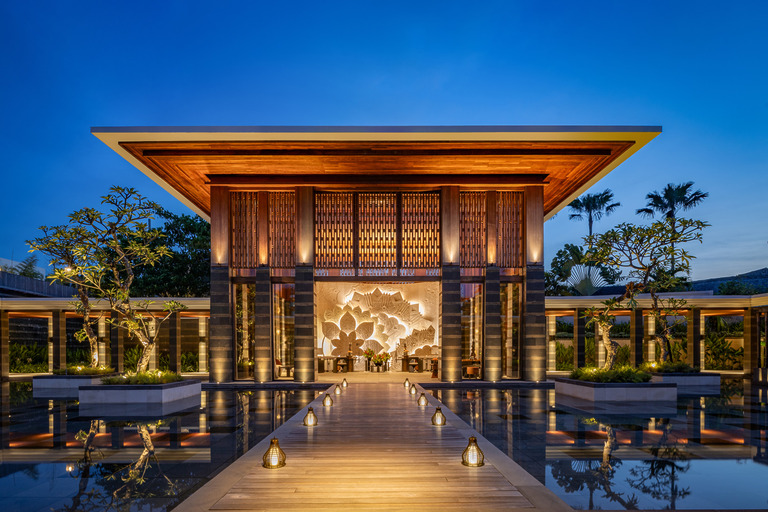
- News
2025: A Year in Review
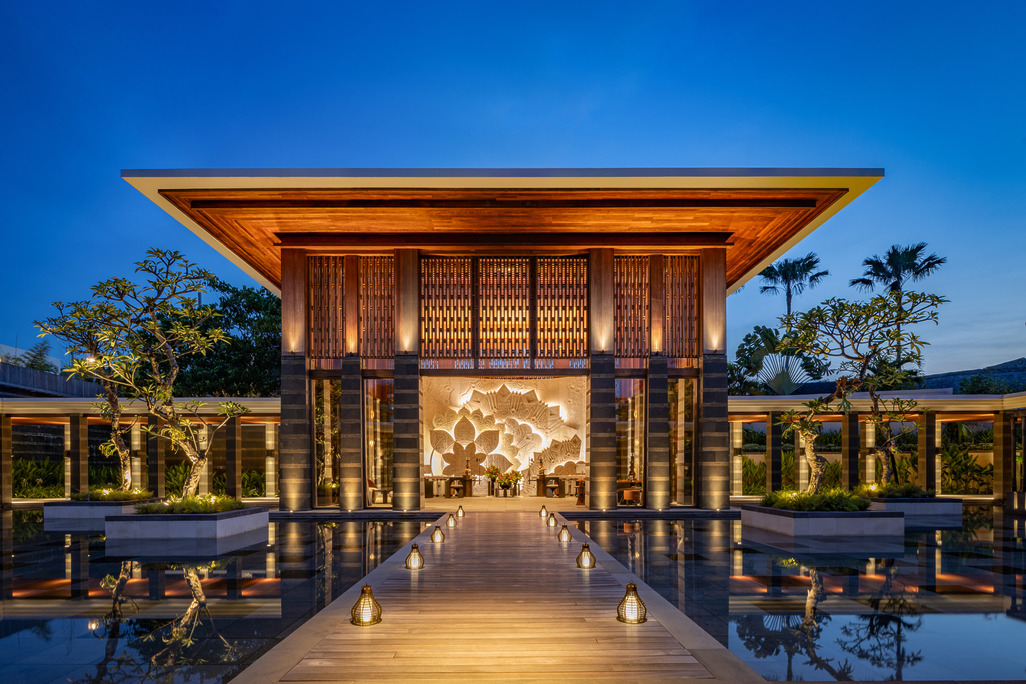
- News
2025: A Year in Review

- Strategy & Research |
- Design Thinking & Innovation
The Architect of the Future

- Strategy & Research |
- Design Thinking & Innovation
The Architect of the Future

- News
WATG Leads Landmark Initiative to Shape the Future of the Giza Pyramids

- News
WATG Leads Landmark Initiative to Shape the Future of the Giza Pyramids
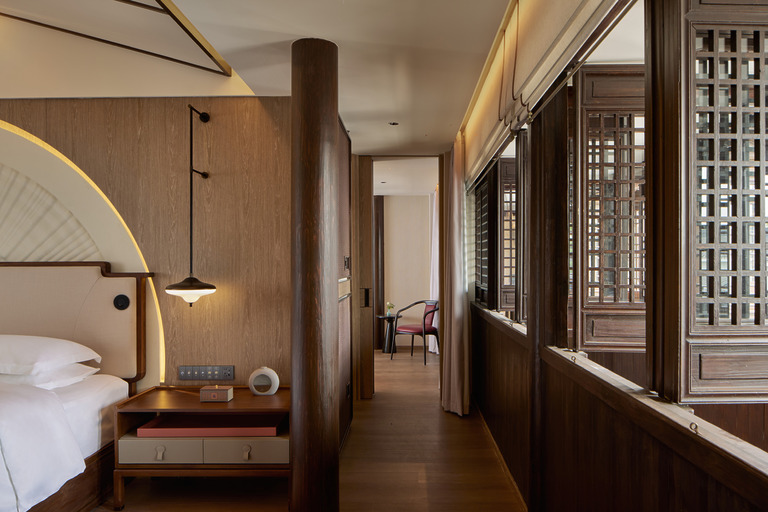
- Trends
Interior Design Trends 2026: Authenticity, resonance, and resilience.
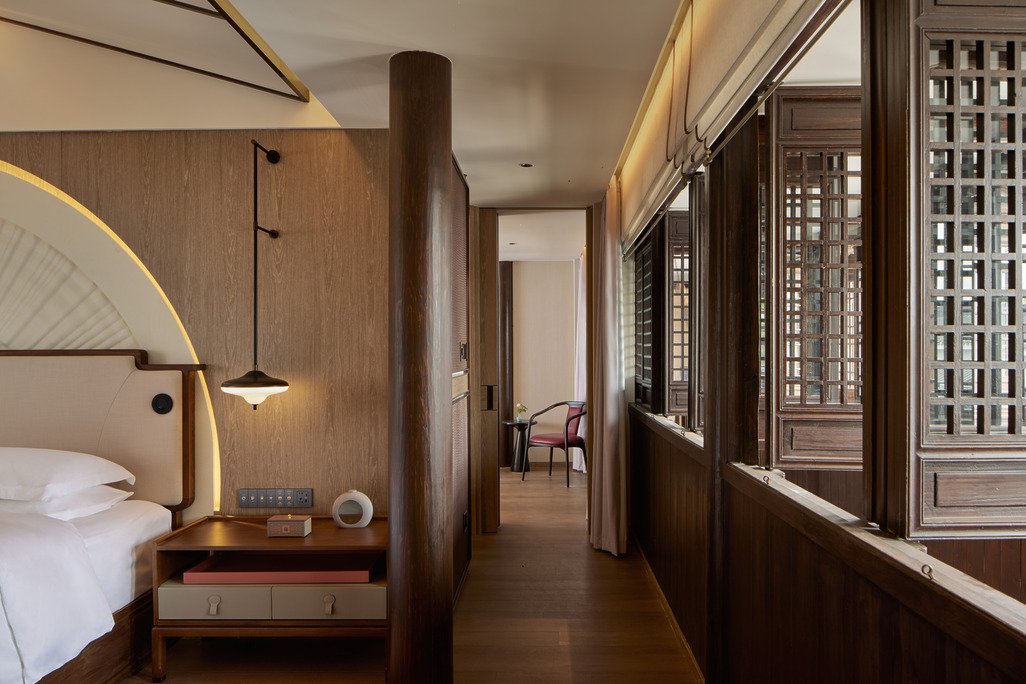
- Trends